but people, if any, please correct me if i have written the wrong things as i dun have 100% understanding of the course.
Details of course
Name of Trainer: Darren Francis (www.darrenf.com)
Location: Sony Digital Workshop @ wisma atria isetan lvl 4 sony.
Time and Date: 6/1/2011 6pm - 9pm
LENS
F 3.5- 5.6 / 18 - 55mm
^^^^^^^^^^ ^^^^^^^^^
(Aperture) (Focal Length)
Aperture
Smaler number aperture = bigger hole to allow light thru, better for low light and dark places = more expensive and better
The smaller the aperture number, the more narrow the Depth of Field(DOF).
(Big hole, thin DOF)
Measured in F stops.
Controls the width of opening in the lens
Controls DOF.
Focal Length
Smaller number,see more things. (zoom out)
for eg, 18mm ( best for landscaping)
Bigger number,see further, but less things. (zoom in)
for eg, 55mm ( best for shooting specific things)
Therefore,
Smaller Aperture, better ( due to clearer photo on focused part, with blurring of background)
Bigger Focal Length, better( enable to see further)
Lens with aperture range (for eg, F 3.5- 5.6 / 18 - 55mm)
@ 18mm, the aperture can be at its lowest, which in this case, F3.5(BIGGEST HOLE POSSIBLE)
but when zoom, the aperture would be adjusted to F5.6(BIGGEST HOLE POSSIBLE)
__________________________________
Exposure
is controller by adjusting
1. Aperture
2. Shutter Speed
3. ISO
Depth Of Field (DOF)
DOF IS CONTROLLED BY APERTURE(refer to top for what aperture is about)
The smaller the aperture number(big hole), the thinner the DOF
The nearer the camera is to the item, thinner DOF
The larger the focal length( in my lens' case, 55mm), thinner DOF
The bigger the camera sensor, thinner DOF
DOF thinner, blurring effect of the background, but sharper focus on the main object.
(NOTE: too near to the object, camera unable to focus, cannot fire. just like human eye, something placed too near to the eye, we cant see properly.)
DOF bigger, everything clearer
Shutter Speed
Measured in seconds (1/100s, 1", BULB)
Controls the amount of time for light to enter the camera.
Faster speed, darker picture(less light being able to enter),but person's movement will be captured with less blur. (1/125s)
Slower speed, brighter picture(more light being able to enter), but person's movement will be blurrer. (1/25s)
Conclusion:
Faster Speed used to capture fast actions so as to get less blur,
Slower speed used to capture dark places whereby most of the stuffs are stationary.
BULB Mode: the speed of shutter is dependent on how long you hold.
ISO
Measured by an ISO number
Controls the sensor sensitivity towards light
Higher ISO, more noise, increases brightness
_______________________________________________________________________
Focusing Modes
- Wide >> Determines which of the 9 or 11 Auto Focus(AF) areas is used.
- Spot >> Uses the spot AF area only.
- Local >> Choose a local AF area from 9 or 11 AF areas. (Recommended)
_________________________________________________________________________
Filters.
CPL- Circular Polariser Lens ( to remove reflection)
Star Filter>> to make flares look like stars
Natural Density >> makes picture dark.
Really dark Natural Density filtrs slows down shutter speed.
eg, it will slow the shutter speed to 1min, then only stationary object will be captured.
_________________________________________________________________
Tips and Tricks
Optimum Shutter Speed
- 1/focal length ( to prevent hand shake blur, for my case, 1/55)
BUT ONLY FOR negating hand shake blur.
To take movement of things, higher shutter speed is needed to remove blurring(REFER TO SHUTTER SPEED Section.
DRO
-Enhances the shadwo areas of the pictures and maintains the highlight to minimize an overexposed picture. (recommended to be off so as to take the shadow properly)
Softwares
Photo editing softwares
-GIMP
-Photoshop
These programs are able to edit RAW pictures. Best to take photos in RAW format so that the picture would be nicer after editing.
Noise Reduction
-Noise Ninja
-Neat Image
High Dynamic Range
-Photomatrix
Maintainence items
-Lens Pen (approx $15)
-Digital Dry box
_______________________________________________________
SEE THE DIFFERENCE!!!

F/5.6
1/125sec
ISO 800
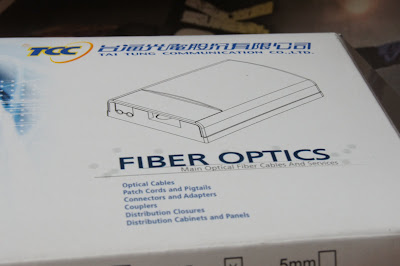
F/25
1/6sec
ISO 800
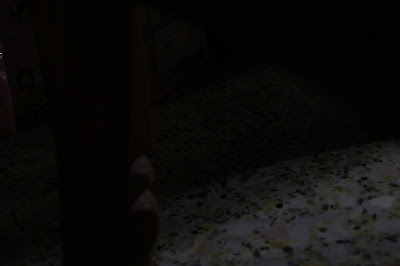
F/5.6
1/40sec
ISO 800
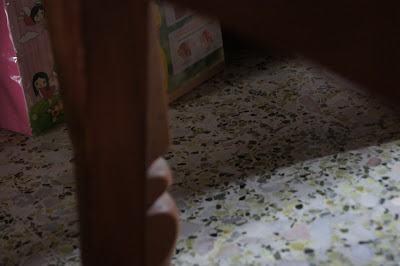
F/5.6
1/6sec
ISO 800
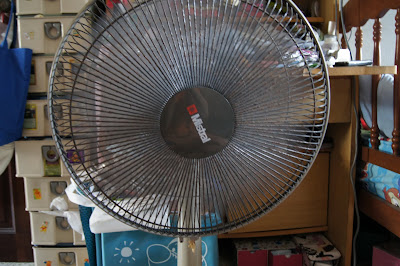
F/5
1/6sec
ISO 800
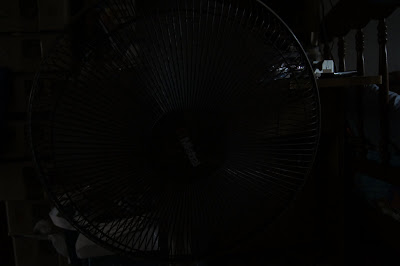
F/4
1/160sec
ISO 800

F/4
1/160sec
ISO 6400
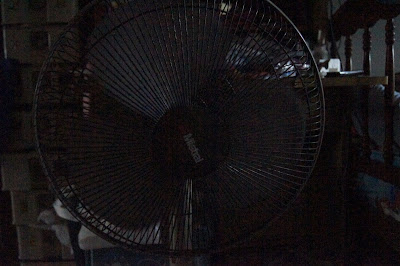
F/4
1/1000sec
ISO 12800
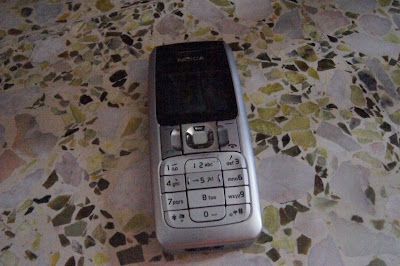
F/16
1/25sec
ISO 12800

F/4
1/25sec
ISO 100
No comments:
Post a Comment